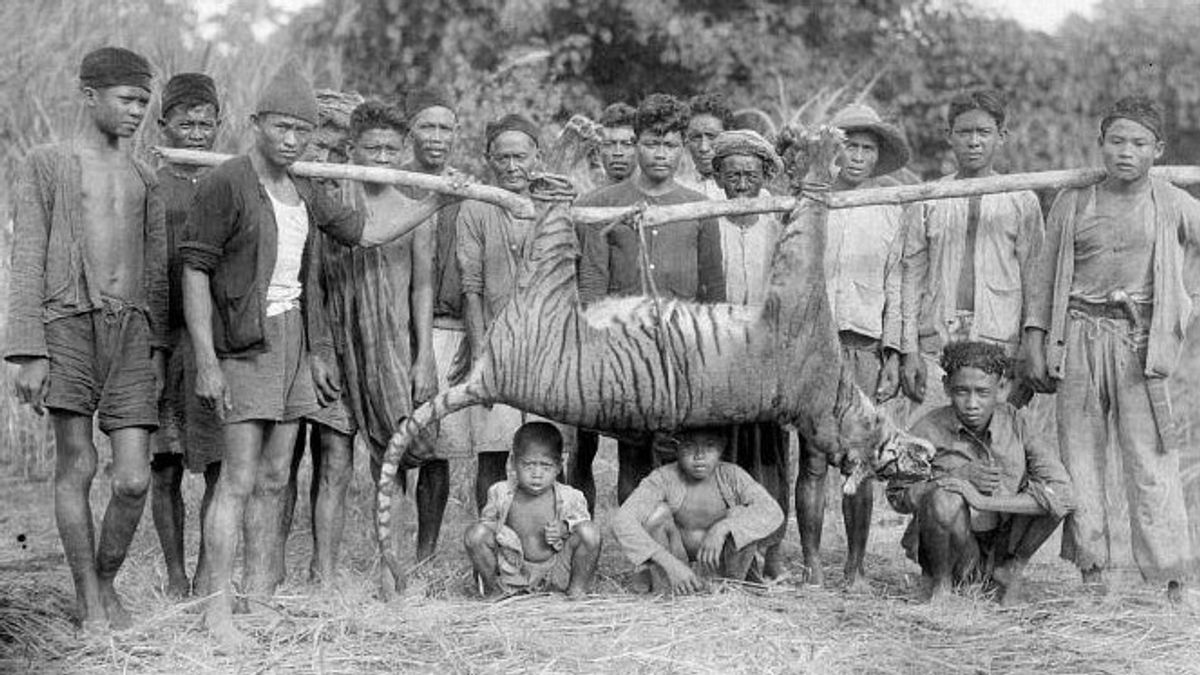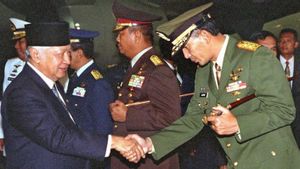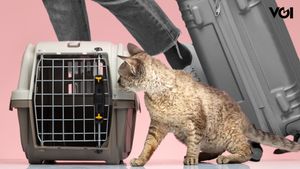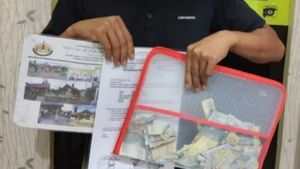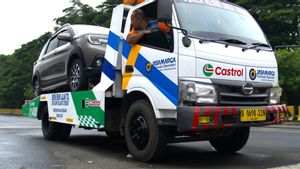JAKARTA - Long time ago, Jakarta was a jungle. Even when the Dutch VOC Trade Association conquered Jayakarta and built the City of Batavia in 1619. The loneliness of Batavia then brought the Dutch into fear. They were afraid that their city might suddenly be attacked by guerrilla soldiers, bandits and robbers. Or what was more frightening for the Dutch was the attack of wild beasts that roamed every corner of Batavia.
At the beginning of the Dutch colonialism in Batavia, people rarely did relaxing activities. The reason was, whoever dared to step outside the Nieuwe Poort (New Gate), then cross the thicket forest area, they would have to bet their lives. Wild animals, such as bulls, tigers, rhinos, pigs, and crocodiles still roam a lot.
Dutch historian Hendrik E. Neimejer described tigers as wild animals that often hung near the walls of the City of Batavia. According to him, during the first 50 years of the Dutch in the colony, wild animals roaming around became a serious threat to the Dutch. Hence, the possessor of power offers a reward to those who are able to catch and kill the "big cat".
"The daily diary of Kasteel Batavia says that once a month in the 1640s there must have been a tiger corpse on display in the Kasteel field. Because the threat of tigers had not yet subsided, the Head of the Judiciary, Joan Maetsuycker decided in 1644 to lead a large-scale hunting himself and to do that, 800 people were deployed consisting of 20 horsemen, 100 soldiers, 50 slaves and the rest were Dutch and native citizens. Chinese citizens, Banda and Javanese people, ”he said Hendrik in the book Batavia: Colonial Society of the XVII Century (2012).

However, these efforts were ineffective. The group that was deployed to comb the ommelanden area (outside the city) for two days did not find a single tiger. As a result, they then returned to the city feeling annoyed. After that, the threat of wild animals became more and more common. Moreover, for Dutch people who wanted to go out of town or board a boat.
“They have to be aware of the dozens of crocodiles and snakes found in the CIliwung River and its tributaries, so that often it makes the cruise ship row back into the city walls. Once a month, these wild animals are also captured and displayed in the Batavia Kasteel field and dragged to the front of the Governor General's house, ”added Hendrik.
The threat of wild animals never ends. Quoted by Denys Lombard, in the book Nusa Jawa: Cross-Culture Volume I (1996), it is told how tigers still roam the streets of Batavia. Some of the residents who fell victim to tigers were 14 woodcutters in Ancol in 1659.
The painting by Pastor Valentijn, Lombard said, could prove how the existence of wild animals is a threat. In the painting, Valentijn is seen shooting a wild animal in the Kasteel field in 1694. Various wild animals that made Batavian residents shudder in fear were later immortalized into the names of a number of trenches, such as the Tiger Trench (Tigersgracht), the Crocodile Trench (Kaaimansgracht), and the Rhino Trench ( RInocerosgracht).
The same applies to areas in the city with the nickname Queen of the East. Many of these areas have been named after the wild animal populations that developed in their respective territories. For example, Rawa Buaya, Rawa Badak, Jaga Monyet, Gang Kancil, and Snake Market.
Animal slaughter
In the end, the Dutch colonial government was increasingly overwhelmed by the large number of wild beasts that harassed the inhabitants of Batavia. Their efforts to carry out large-scale hunting were simply ineffective. As a result, in 1762, the Company offered a prize money of 10 rials to the hunters who managed to kill 27 tigers and panthers.
Even the government is said to have applied the same thing to crocodile hunting in Batavia. As a result, many people in Batavia, including the native people, were passionate about hunting crocodiles. Every day people can be seen carrying crocodiles into Batavia to earn extra income.
One day, the Company was suspicious because they saw that there were still many crocodiles in the wild, even though it seemed that many crocodiles had been caught by residents. They then conducted an investigation into it. The root of the problem was discovered.
"It was only later discovered that they did not catch crocodiles, but instead took their eggs to hatch. After being raised for several months, the young crocodile was brought to the schout (police) to get a reward. Since then, the giving of gifts has been stopped and crocodiles have been allowed to breed on the north coast of Java, including big rivers in Batavia, "said Zaenudin HM in the book Edan Stories Around DJakarta Tempo Doeloe (2016).
The Java Bode newspaper, in a report in 1884, revealed that the areas of Batavia that were still inhabited by tigers were Tanah Abang, Mangga Besar, Sunter, Tanjong Priok, and Kemayoran. Due to the popularity of the tiger (tiger), one of the Betawi champions named Murtado made the name Macan Kemayoran as his nickname. We once discussed it in the article "The Story of Murtado, the Betawi Jagoan Behind the Persija Macan Kemayoran nickname".
Slowly, as the forests in Batavia continued to be cleared, tigers and other wild animals fled to a quieter place in the Banten area because Banten at that time still had a lot of wilderness. In contrast to Batavia, whose forests were increasingly used up, the Dutch used agriculture and housing.
The English, Chinese, Japanese, Arabic, and French versions are automatically generated by the AI. So there may still be inaccuracies in translating, please always see Indonesian as our main language. (system supported by DigitalSiber.id)
